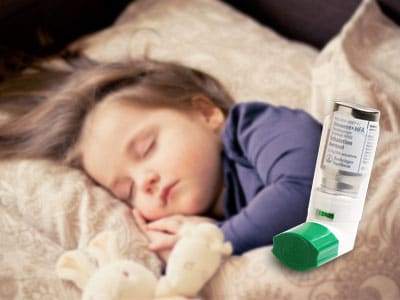
A new study shows that babies who live in homes with moisture-damage or mold in their bedroom, living room or kitchen are at increased risk of developing asthma in early childhood.
Researchers at the National Institute for Health and Welfare in Finland used data from home inspection reports starting when the babies were five months old, then followed up with the families until the children turned 6 years old.
Although all children were more likely to develop asthma when there was mold or moisture-damage in the main areas of the home, children with other risk factors, including a family history of asthma, or other conditions such as allergies or eczema, were at an even greater risk.
Asthma is a leading chronic illness in the U.S. today, affecting as many as 7 million children. It is also the reason for 2 million visits to emergency rooms every year.